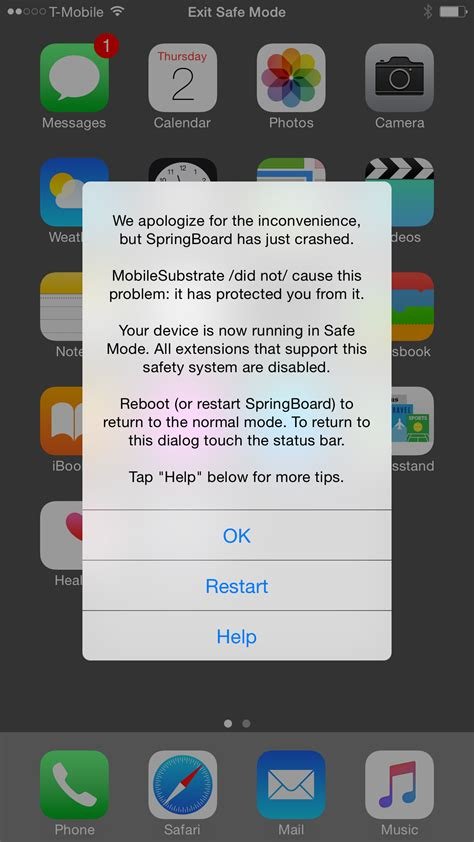Ethereum: How to Fix “Safe Mode: Warning: Displayed transactions may not be correct!” Error Code
As a developer of the Ethereum blockchain, you have likely encountered errors while trying to access your account settings or retrieve private keys. One common error message that appears when encountering issues with the Ethereum network is “Safe mode: Warning: Displayed transactions may not be correct! You may need to upgrade, or else.” This error code can be frustrating and time-consuming to resolve. In this article, we will walk you through step-by-step troubleshooting steps to help you fix this issue.
What does “Safe Mode” mean?
When the Ethereum network enters a state of “safe mode,” it is essentially a temporary shutdown where all transactions are filtered out, and only private keys can be accessed. This is usually done for security purposes or when debugging issues related to private key management. However, if you encounter an error while trying to retrieve your private key from a wallet client like Satoshi Bitcoin Client, it’s likely due to this “Safe Mode” feature being enabled.
Troubleshooting Steps:
- Disable Safe Mode: To resolve the issue, you need to disable Safe Mode in your Ethereum network settings. This can be done by:
* Logging into your Ethereum wallet and going to the settings page.
* Selecting “Enable Safe Mode” or “Disable Safe Mode” from the dropdown menu.
* Confirm that you want to disable Safe Mode when prompted.
- Check for Malware: If you have recently installed any new software or apps on your computer, it may be causing conflicts with the Ethereum network. To check for malware:
* Run a full system scan using an antivirus program.
* Uninstall any suspicious programs that may be causing issues.
- Update Your Wallet Client:
Ensure that your Satoshi Bitcoin Client is up to date, as newer versions often fix known bugs and improve performance.
- Verify Private Key Generation: Double-check the generation of your private key:
* In Ethereum, create a new wallet or import an existing one.
* Verify that your private key was generated correctly (e.g., it has 64 characters, starts with 0x, etc.).
* Ensure you are using the correct private key format (Ledger or Trezor).
- Check for Corrupted Wallets: Corrupted wallets can cause issues with Ethereum transactions. Try:
* Recreating your wallet or reimporting it from a previous backup.
* Restarting your wallet client to ensure it’s restarted properly.
- Contact Ethereum Support (Optional): If none of the above steps resolve the issue, you may need to contact Ethereum support for further assistance:
* Visit the official Ethereum website ([www.ethereum.org]( and navigate to “Developer Support.”
* Search for your wallet client and follow their troubleshooting process.
- Check for Network Issues: Ensure that the Ethereum network is functioning correctly:
* Try reconnecting to the network by clicking on the “Reconnect” button in your wallet client.
* Verify that you are connected to a stable network (e.g., mainnet or testnet).
Conclusion:
In some cases, the “Safe Mode” feature can be enabled accidentally or due to conflicts with other software. By following these troubleshooting steps, you should be able to resolve the error and regain access to your private key. If you’re still experiencing issues after trying these solutions, feel free to reach out to Ethereum support for further assistance.
Additional Resources:

- Ethereum Developer Documentation ([www.ethereum.org/docs](
- Satoshi Bitcoin Client Documentation ([www.satoshi-bitcoin-client.com/docs](
We hope this article helps you resolve the issue with your private key and access to your Ethereum wallet.
